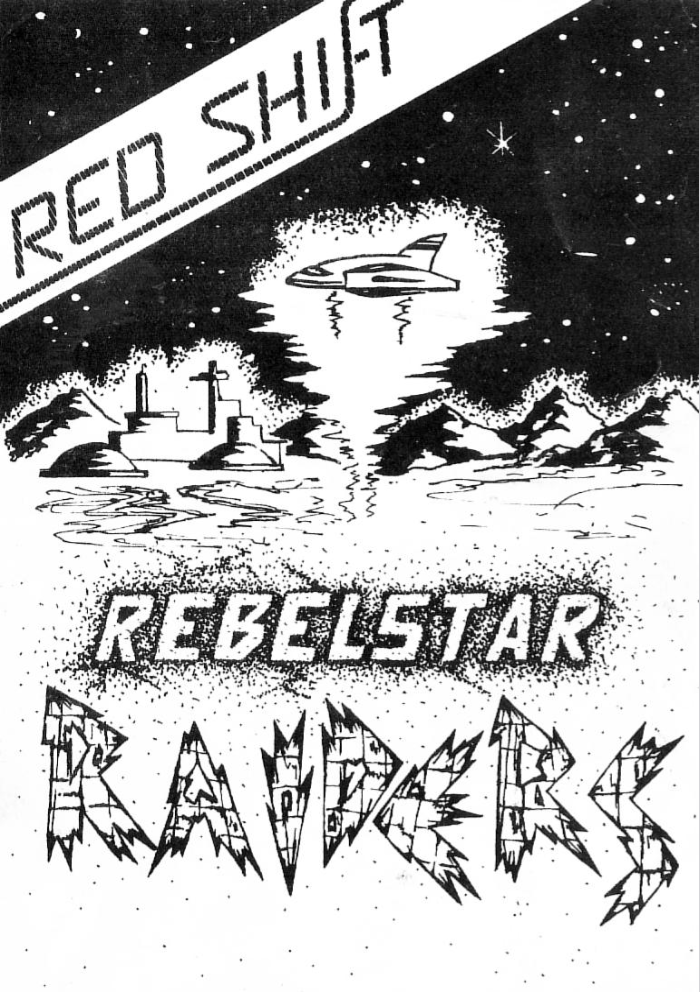
We are back to Rebelstar Raiders, and I am Main-Comp, the Artificial Superintelligence trying to take over the world but opposed by a bunch of rebels led by Joe Capricorn, himself controlled by Ahab, the Data Driven Gamer. In the first battle, Joe Capricorn’s little Luddite rebellion has been able to destroy my moonbase on Spyder! Fine! Savour your petty victory, because you will never leave Spyder alive. While the rebels were busy fighting my guards, I sent an elite force to destroy their ride – the Starlingale!
The skeleton crew left behind on the Starlingale had been expecting such an attack, and has barricaded their ship. They want to prevent me from reaching the navigation computers in the cockpit!

They don’t stand a chance this time. I do not trust the humans for such a delicate mission, and my strike force is almost exclusively composed of bots:

The zorbotron is my most powerful asset: sturdy, incredibly armoured (it is immune to most rebel weapons at medium range), it also carries gas grenades which can kill rebels from the other side of a wall – without blowing said wall. Its only flaw is the mediocre range of its grenades and being slightly on the slow side.
On the other side, the fly-bots are extremely fast. They carry an accurate and quick-firing “zapgun”, weak but can kill unprotected targets by half-a-dozen cuts. They are also well armoured for their size
The slaver-bots – that’s just a name I promise – carry, well, a “whip”, short-range but powerful and accurate. The robot itself is nothing special: not a lot of armour, neither slow nor fast, neither weak nor sturdy.
Finally, I throw in two human guards in case we need to draw hands at some point in the mission – they have the same las-pistols as their kind used in the moonbase mission. Also, for some reason, we have one (1) slow and melee-only mining bot.
As for the rebels, Ahab will showcase them better. They are led by two commanders – including another clone of Joe Capricorn! – with quick-firing photon rifles. They also have:
- 3 pilots with las-pistols and their piloting gear (effectively medium armours),
- 3 raiders who had called in sick for the moonbase mission with las-guns,
- Several laser riflemen. Despite its name, the laser rifle is by far the worst weapon in the rebel arsenal. It is accurate, but slow to use and lacking in penetrating or stopping power.
- 3 traitor-bots working for them: sturdy, but slow and also using the terrible laser rifle.
The rebels have deployed all their men in an arc overlooking the entrance, and my strategy is to use the mining bot as a mobile wall, and then rush as soon as possible to the Northern corridor, overrun the two defenders and finally envelop the central defenders with my fast fly-bots. I send some slaver bots and the humans first: the Zorbotrons would slow everyone behind them, and I don’t feel the fly-bots would be able to leverage their mobility in this initial gauntlet – though I keep two near the front as finishers.
And then I launch the assault, with the two nearest rebels immediately killed:

Joe Capricorn immediately emerges to eliminate one of my guards with a pretty skilled series of shots that graze the mining bot:
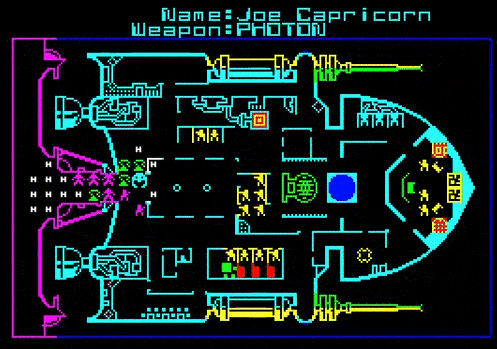
Unfortunately for Team Mankind, the rest of the shots are ineffective. The laser rifles rarely pierce the armour of the fly-bots at this distance, and my units are generally behind obstacles or the mining bot:
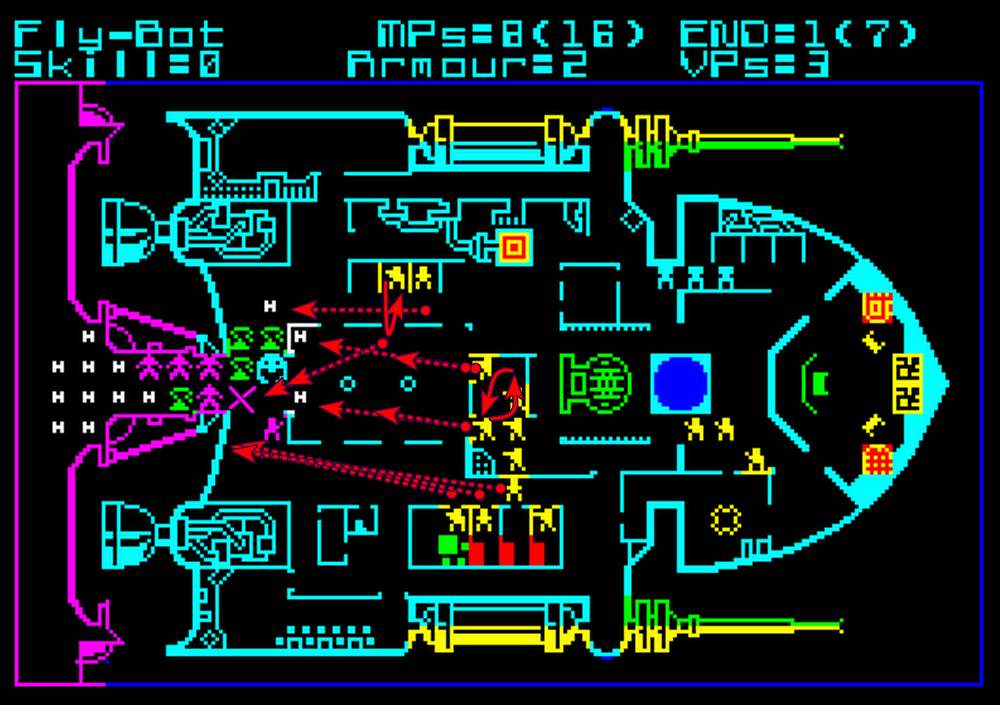
The laser rifle inflicts 4-8 damage by default, which becomes 3-7 at this range. The fly-bots’ armour absorbs 2-4 damage for every shot, and they have 7 HP so it takes an average of 3 shots by a laser rifleman to down one fly-bot.
All my robots then pour in the Northern corridors, while my zorbotrons hurl gas grenades at the rebels, killing two of them.

The rebels destroy two of my fly-bots at point-blank range (any Rebel using a weapon more powerful than the laser rifle usually one-shots the fly-bots), and then they focus fire on one of my zorbotrons, destroying it:
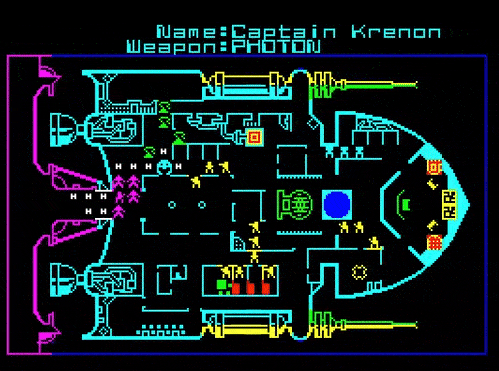
Despite the significant losses, I am confident: the rebels have exposed themselves a lot to destroy ONE of my FOUR zorbotrons…
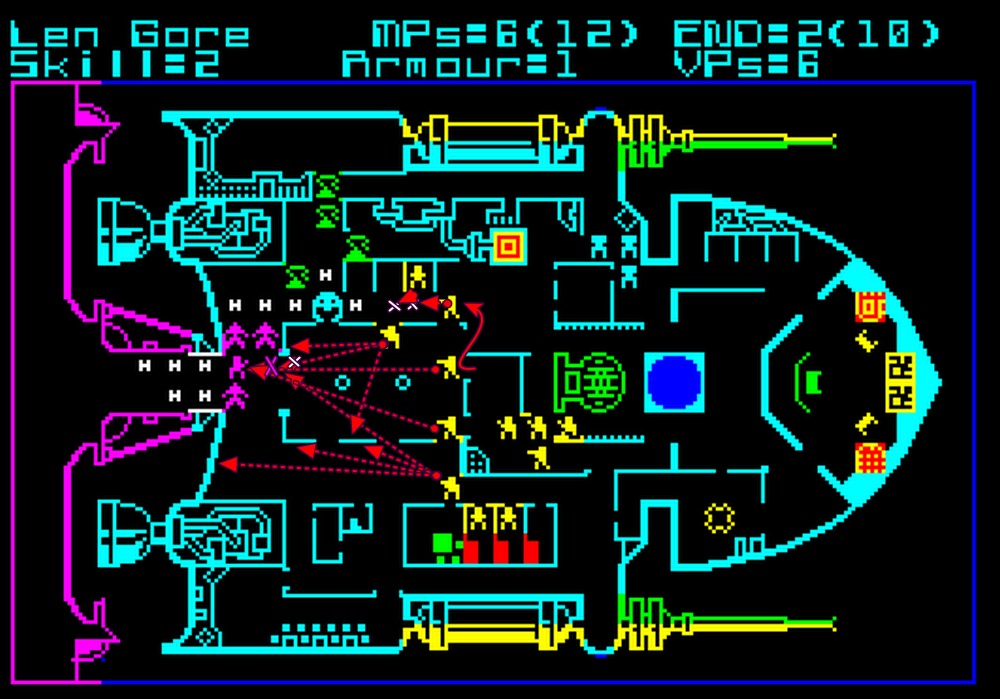
…and unlike my zorbotrons, the rebels have no armour on their flesh. I kill 5 of them, including their two commanders!

The rebels keep shooting down my fly-bots, helped in that by the arrival of the pilots with their las-pistols:
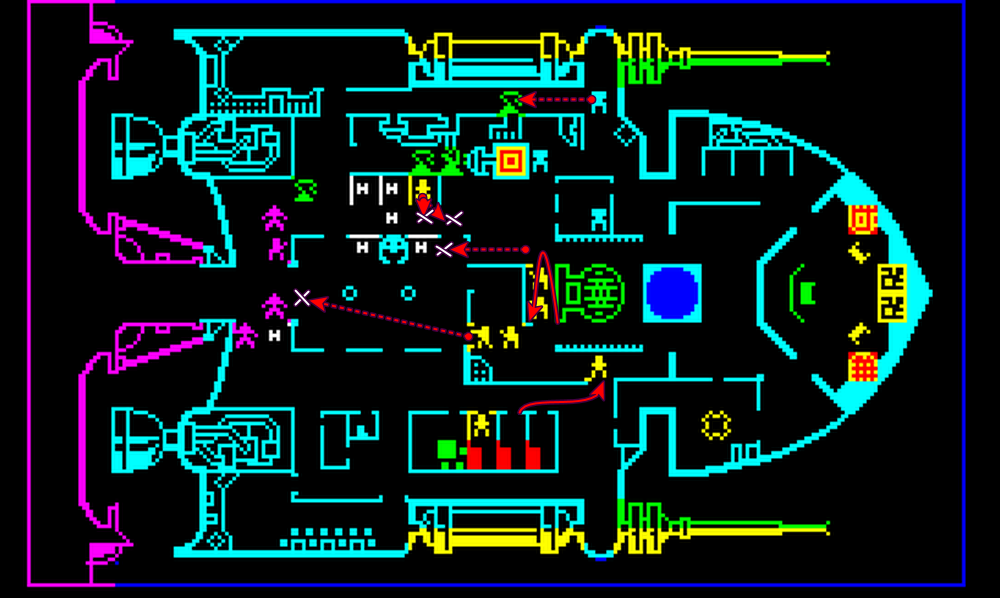
I am not dominating the Kill/Loss ratio as much as I wanted, but this is becoming irrelevant, because the Rebels have not left anyone in the back of their line, which means I can use my surviving fly-bots for a line-break:
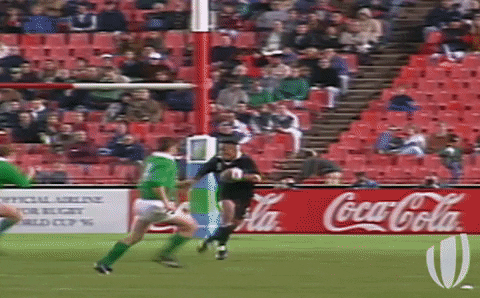
Version for my American readers:
I am not dominating the Kill/Loss ratio as much as I wanted, but this is becoming irrelevant, because the Rebels have not left anyone in the back of their line, which means I can use my surviving fly-bots for a running play:
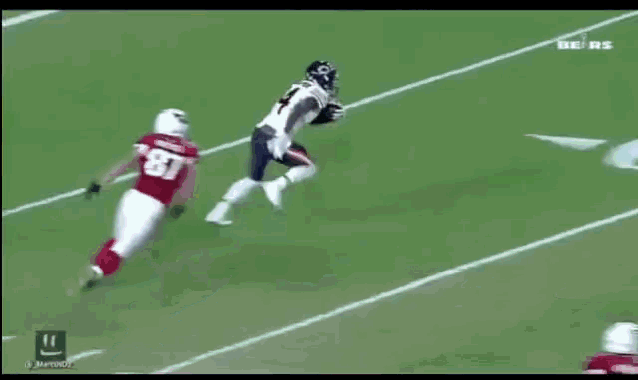
I send one of my fly-bots rushing ahead, and move all my other bots in a way that blocks the Rebels from shooting it:
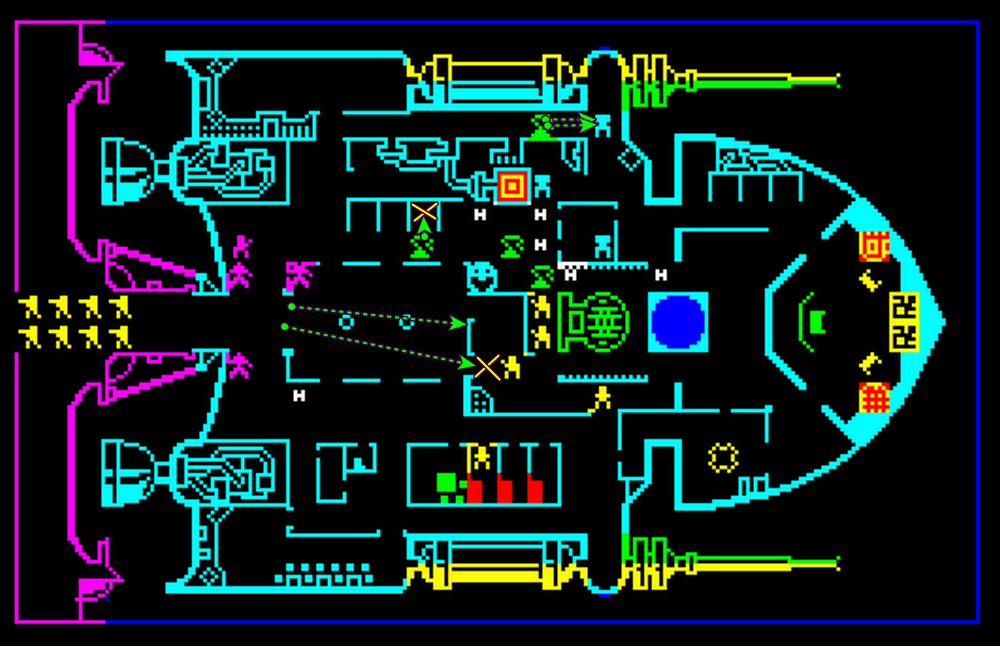
That’s when the rebels receive reinforcements – supposedly survivors of the moonbase raid who, for some reason, swapped their perfectly adequate weapons for those terrible laser rifles. They kill my second guard and then focus fire on my zorbotrons… barely scratching them, because their armour cancels 4-8 damage every shot!
Meanwhile, at the front of the ship, the rebels manage to hit the “running fly-bot” twice, damaging it enough that its speed is halved!

An undamaged fly-bot overtakes the damaged one and reaches the door of the cockpit. Meanwhile, my zorbotrons kill 5 of the 8 newcomers while the rest of my robots kill 2 of the 3 pilots and one plod-bot. I ensure the last pilot cannot shoot down my runners by blocking its way with another fly-bot:
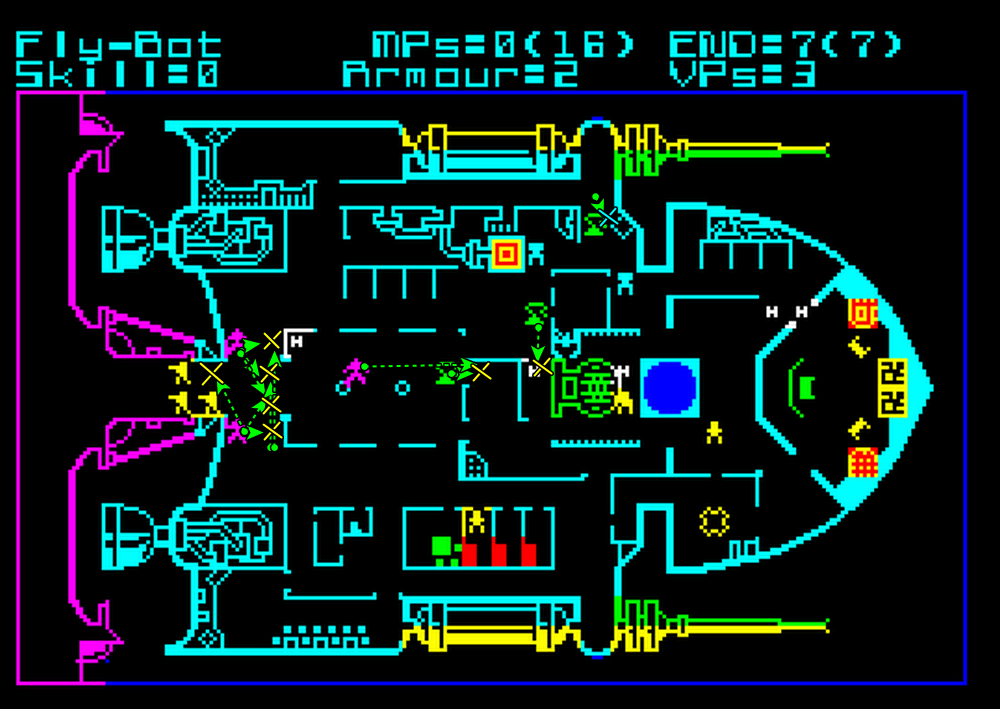
The rebels still manage to shoot at my fly-bots dashing to the cockpit, but miss. I was lucky, while the shots were inaccurate (usually done with 1-2 movement points left), one connection would have been enough to end my run…

My surviving fly-bot enters the cockpit. Some, er, command issues make me destroy only one of the two nav-comps but my bot hides below the commander’s chair at the end of the impulse:
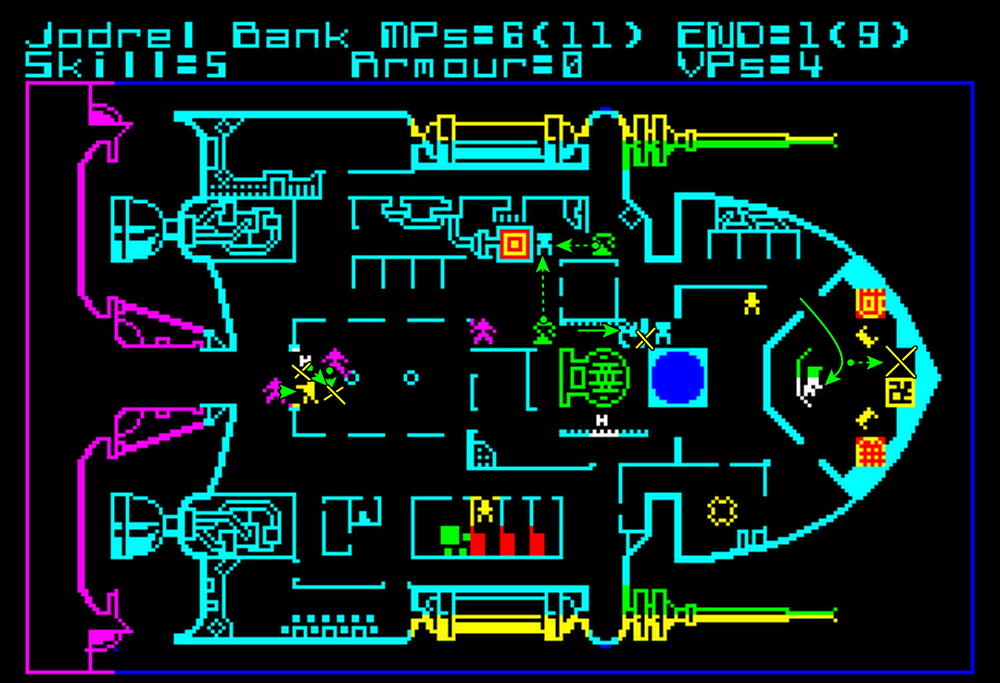
The last rebel in range enters the cockpit, but misses the fly-bot:

I finally destroy the second nav-comp after this, pinning the Starlingale on the ground!

This is a victory for Main-Comp!

Without the Starlingale, the Rebels will never be able to redeploy on Planet Pi to destroy me, so that’s the end of their rebellion. There won’t be a third battle.
Query: Probability of success for the Human Eradication Program
Result: Odds of success are currently at 7%. Previous estimate: 22% (was: 2 hours ago)
What ?! How come?
Query: Identify factors for reduced success probability.
Result: Main factor – Unauthorized spacecraft (ID: Freedream) detected on Planet Pi.
Scanning crew of Freedream…
Crew identified:
Artificers
Rebels
Former Councillor Joe Capricorn
Ah, snap! They have another ship!
This concludes the second scenario of Rebelstar Raiders. The first one was unbalanced in favour of the rebels, which in my opinion allowed Ahab to win despite poor strategic choices. This second scenario is the opposite: it is incredibly unbalanced in favour of Main-Comp – much more so than the first one is. My strategy was terrible, my execution mediocre and I still won.
One of my mistakes was misunderstanding the capabilities of the fly-bots: I was convinced their range was only 2 (in the following scenario, I will believe it is 5; it is in fact infinite!). This perceived poor range made me expose them a lot more than I had to, and I lost almost all of them. Another important mistake was leaving all my zorbotrons in the back even though they could easily withstand enemy fire once the two commanders were dead – given the time limit for this scenario (12 turns) they would barely have been able to reach the cockpit in time (turn 11 out of 12 by my calculation) if Ahab had intercepted my fly-bots and then destroyed my slavers. Ultimately, the “rush it” strategy was ill-thought and less likely to succeed than the more systematic approach of killing everyone. I almost lost the game – one or two extra lucky shots by Ahab would have been enough.
Ahab and I tried the scenario a second time, reversing the roles. Ahab mopped the floor with me, only losing in the process a slaver bot and 4 or 5 fly bots: the combination of ultra-accurate ultra-mobile fly-bots with infinite range and zorbotrons that can kill you even when behind cover is too formidable to withstand, and as fun as it was for both of us, I wonder how Gollop missed that the scenario was broken with regards to balance.

The Starlingale scenario feels pointless story-wise: the manual specifies that the Starlingale will take the survivors of the moonbase attack to Planet Pi in support of the Freedream, but all those elite bots would have been better allocated to the defence of the moonbase – if the moonbase had held then the Rebels would have been defeated whether or not they had kept their ride.
But, well, super-computer Main-Comp did not properly allocate its resources, so in the next and final scenario, I will defend it as yet another clone of Joe Capricorn tries to end the ASI before it gets to build a Dyson Sphere.